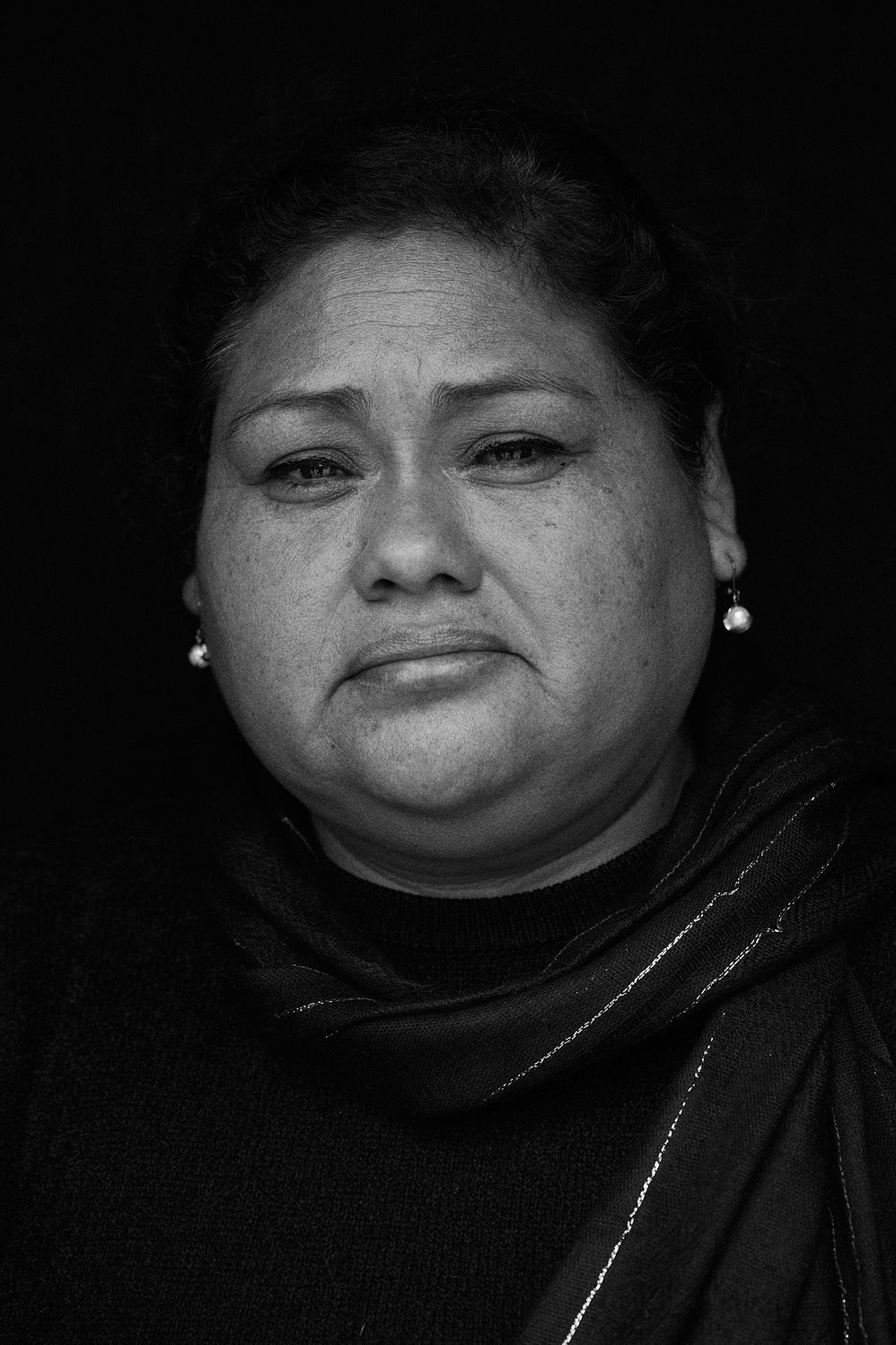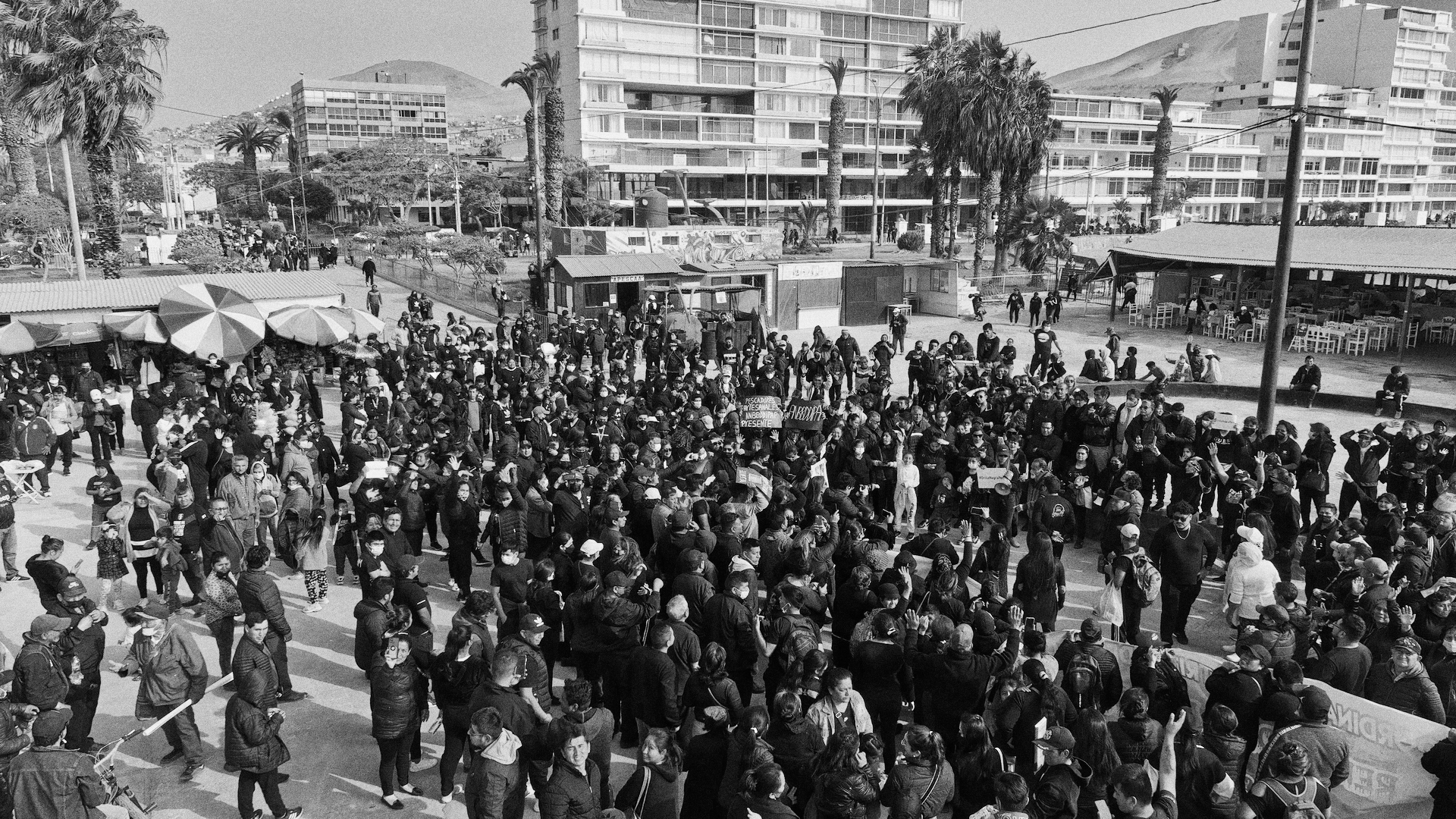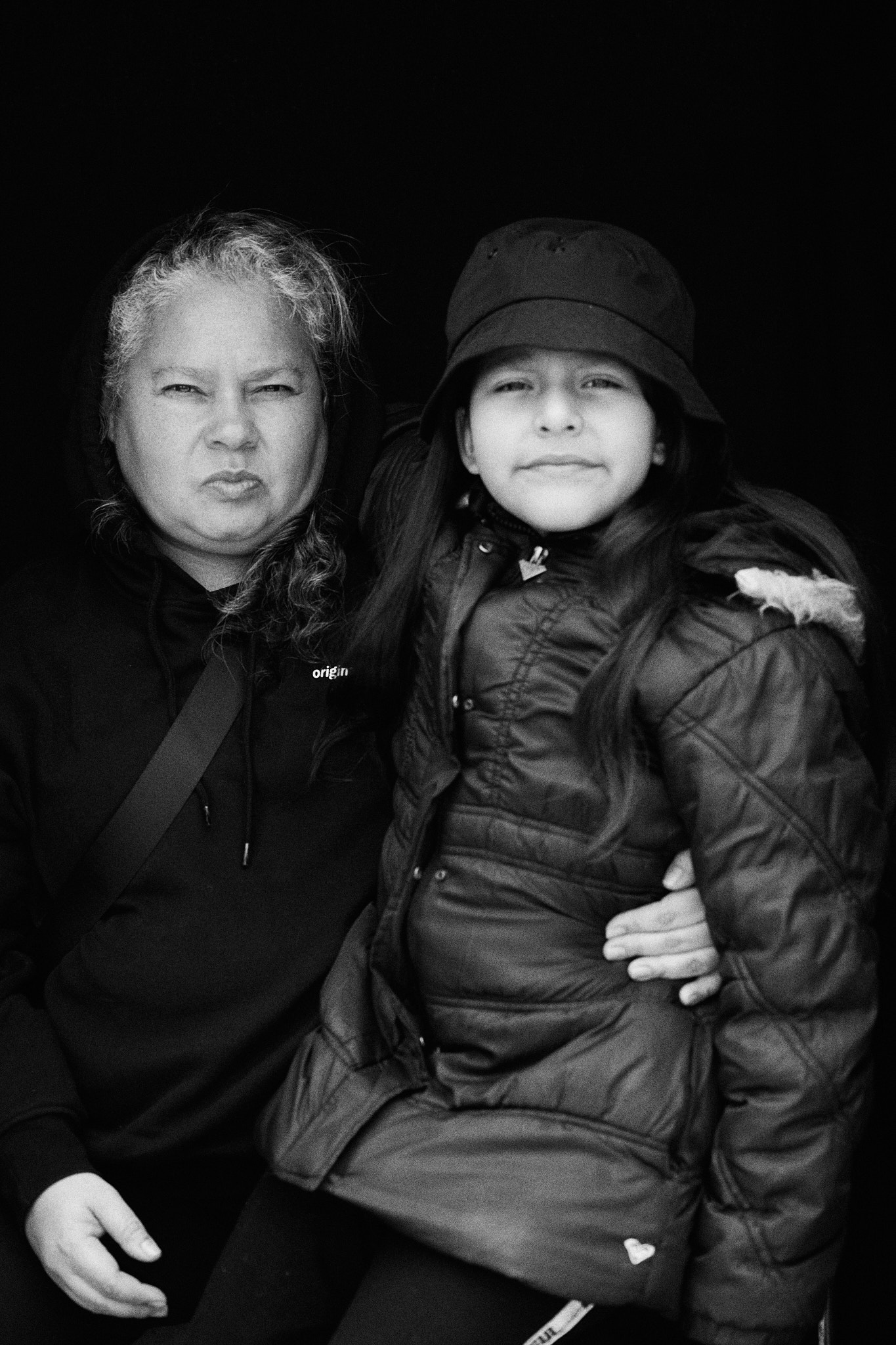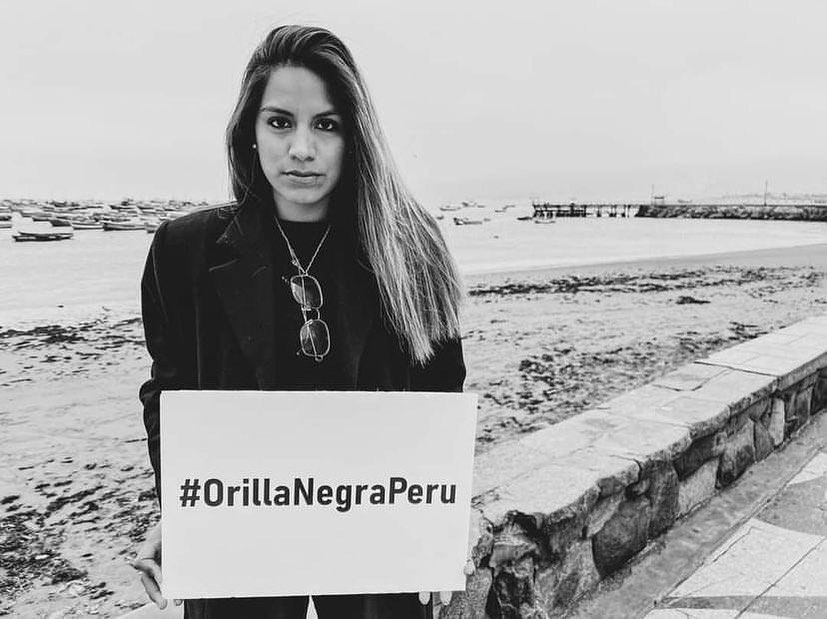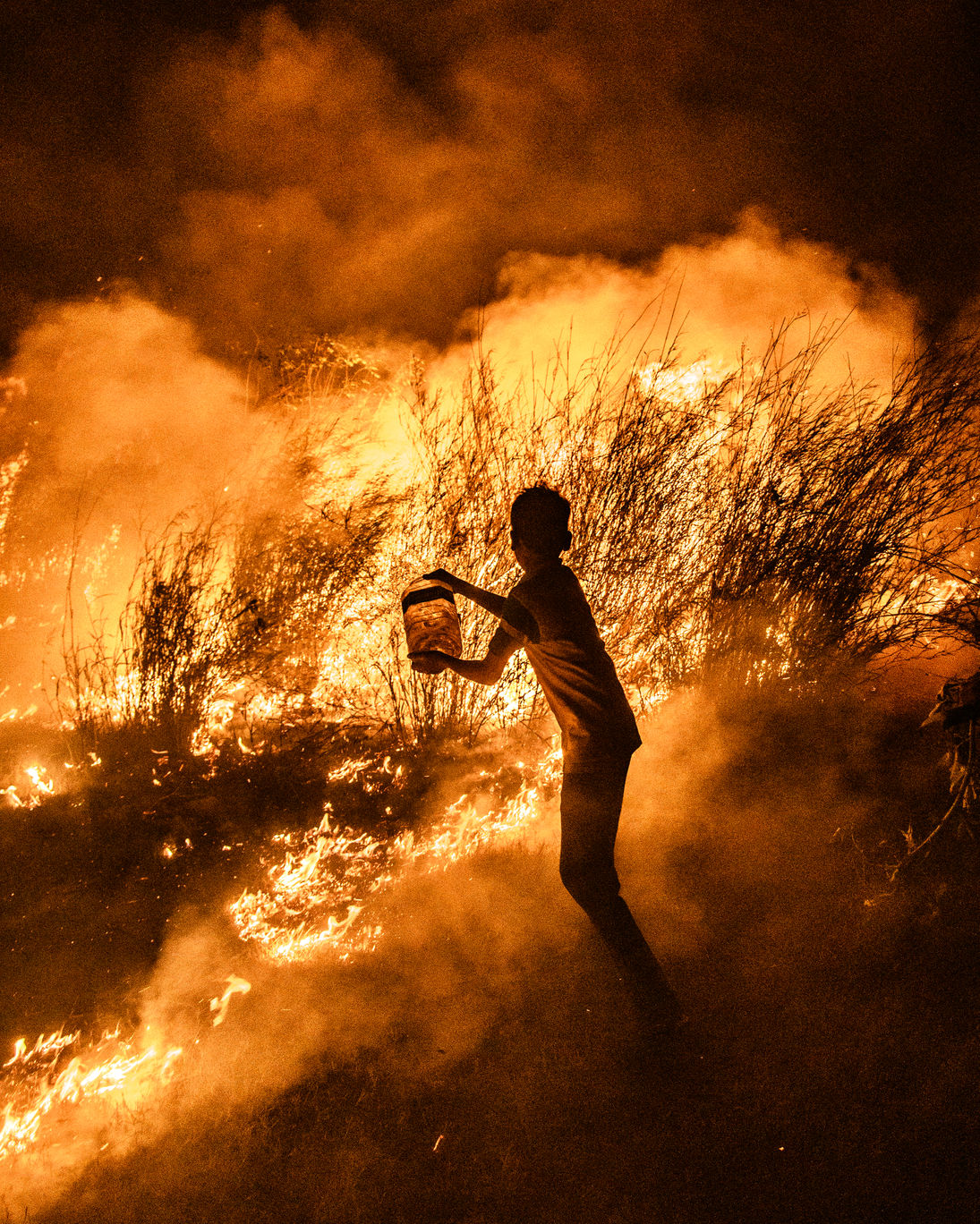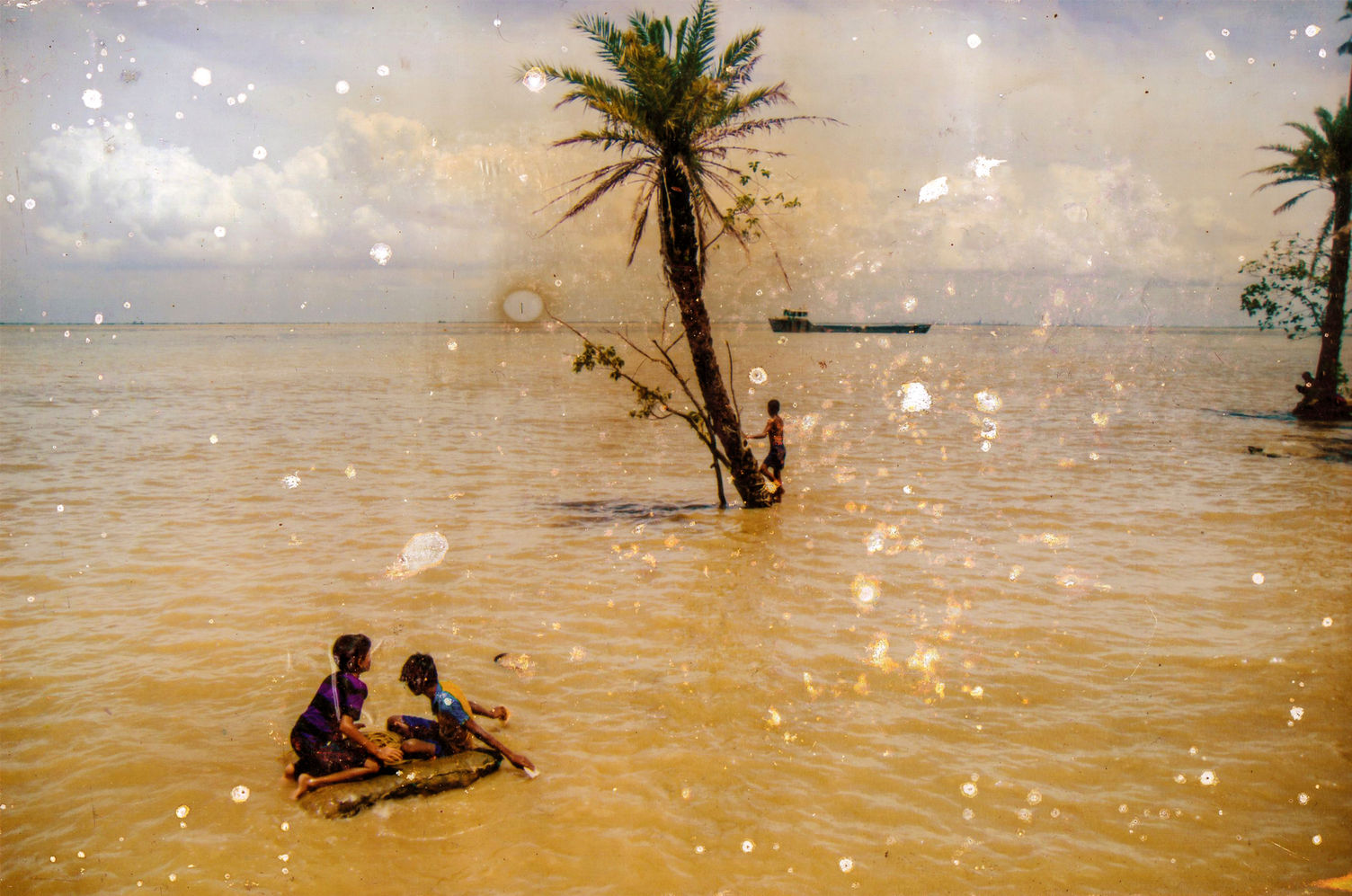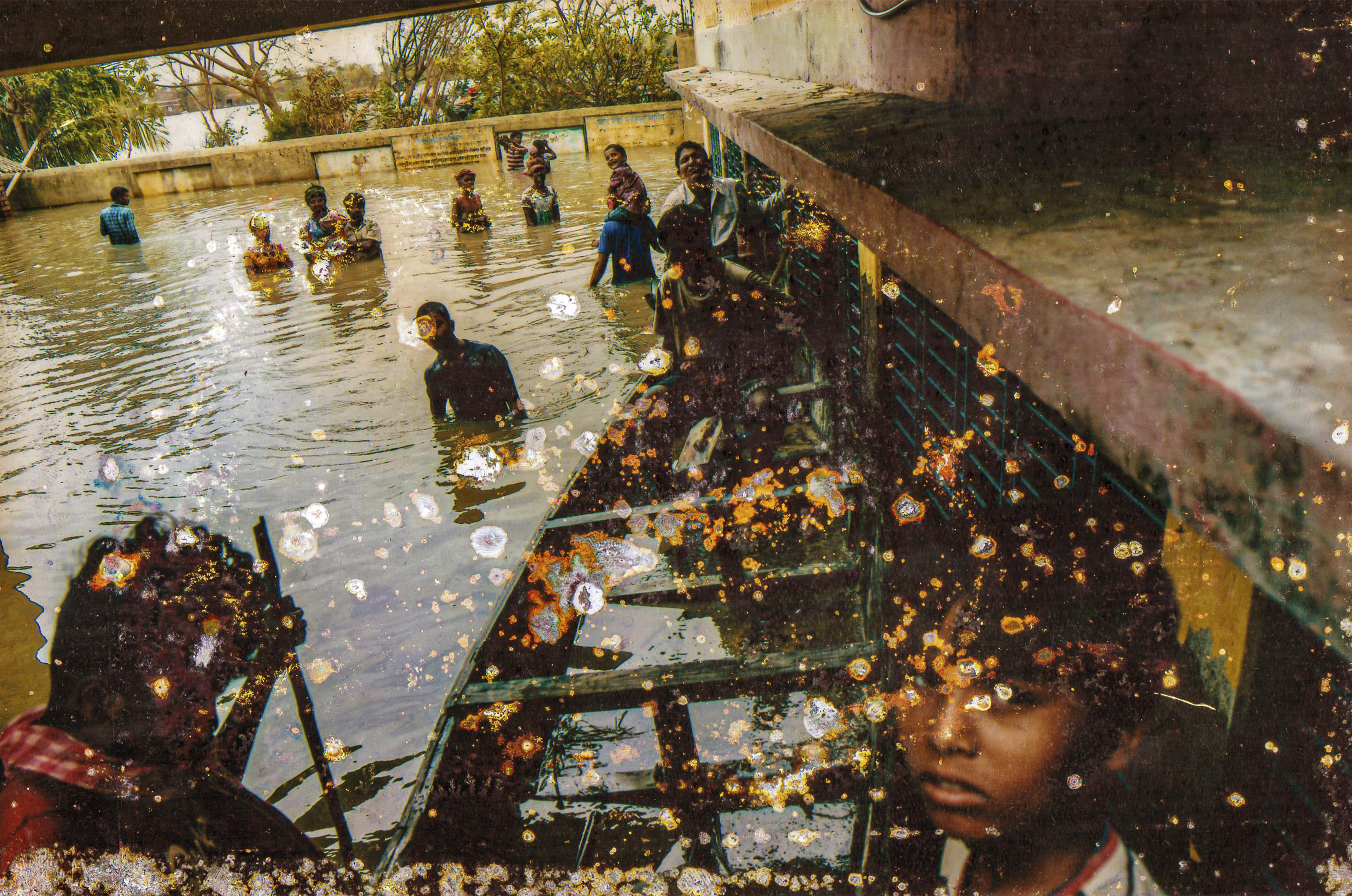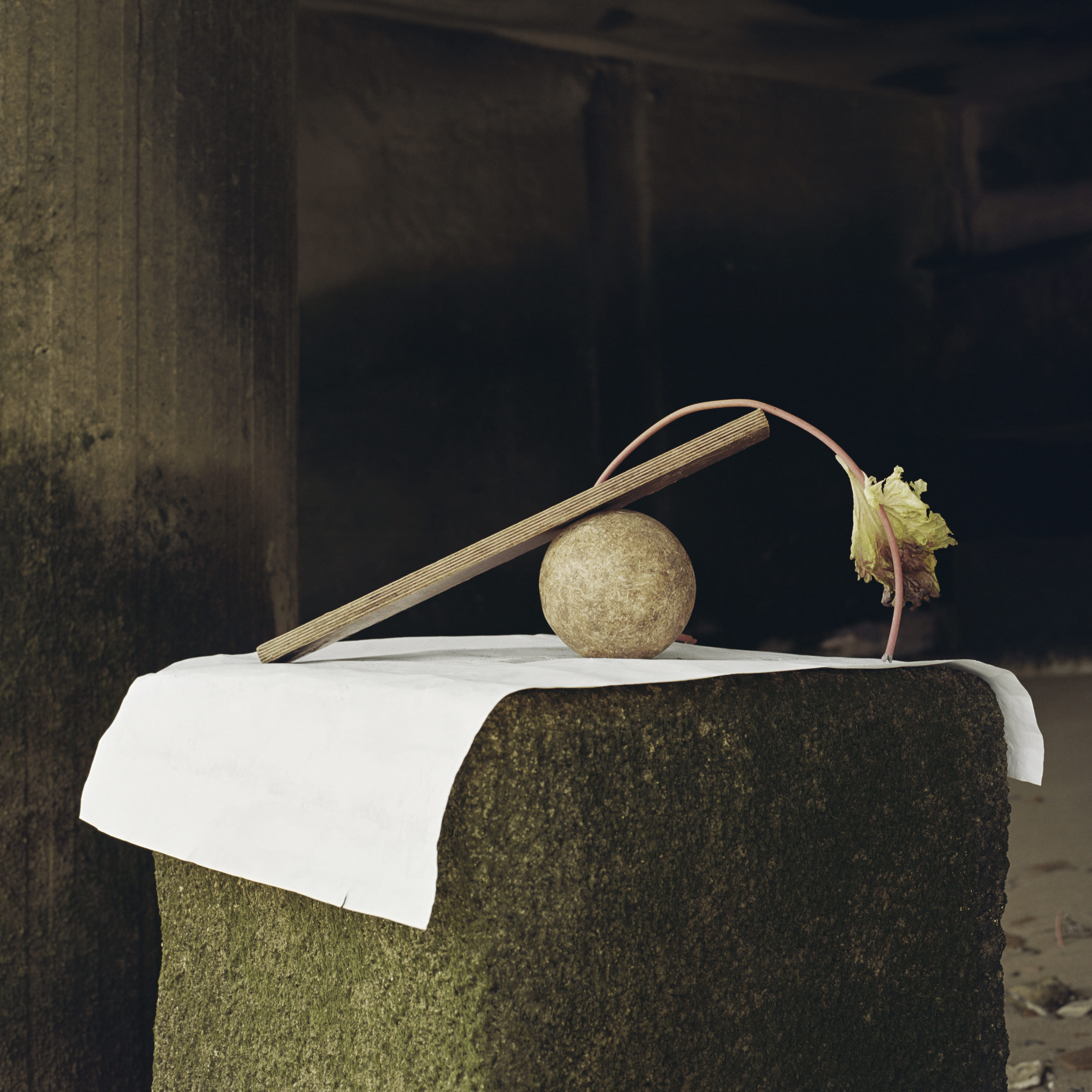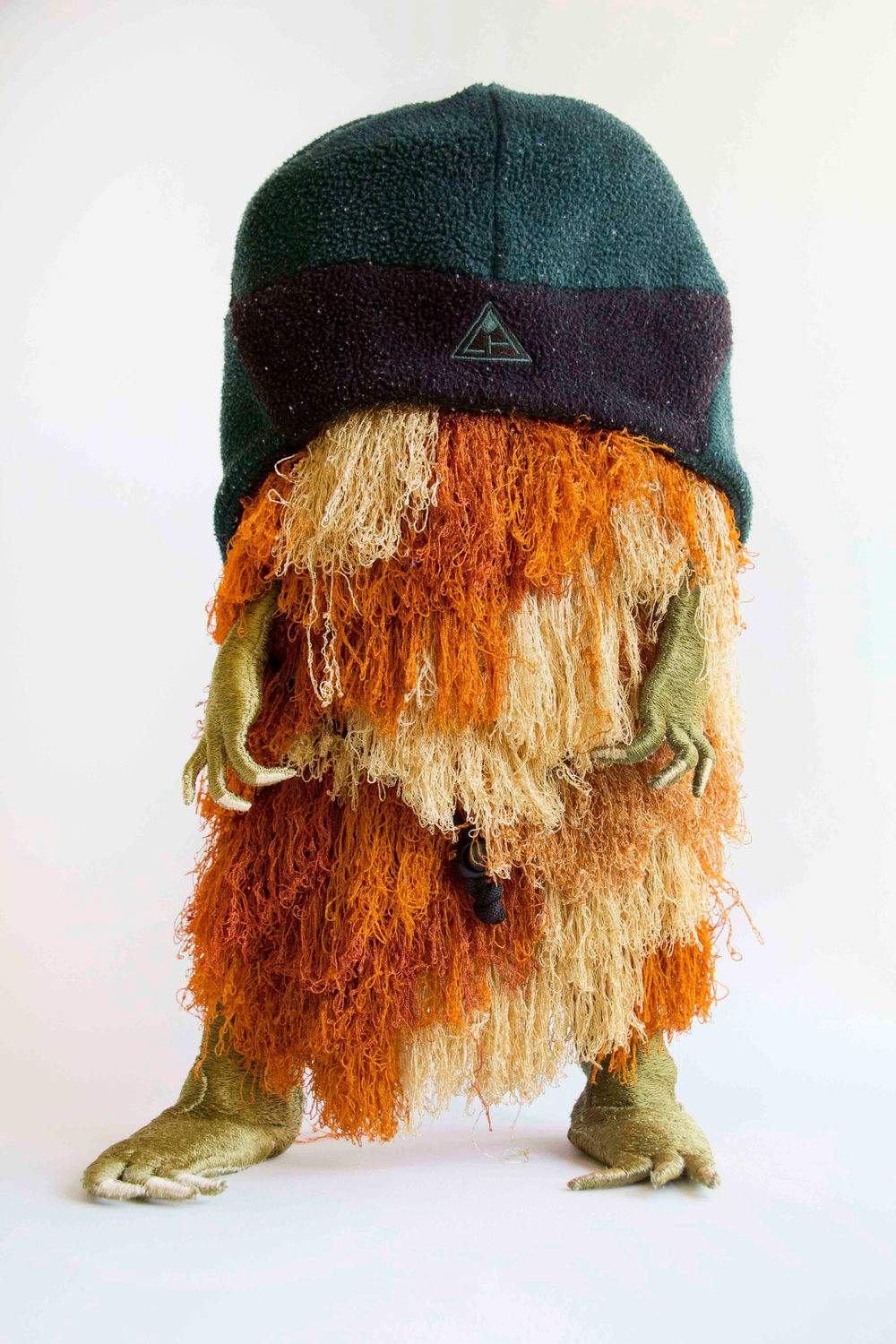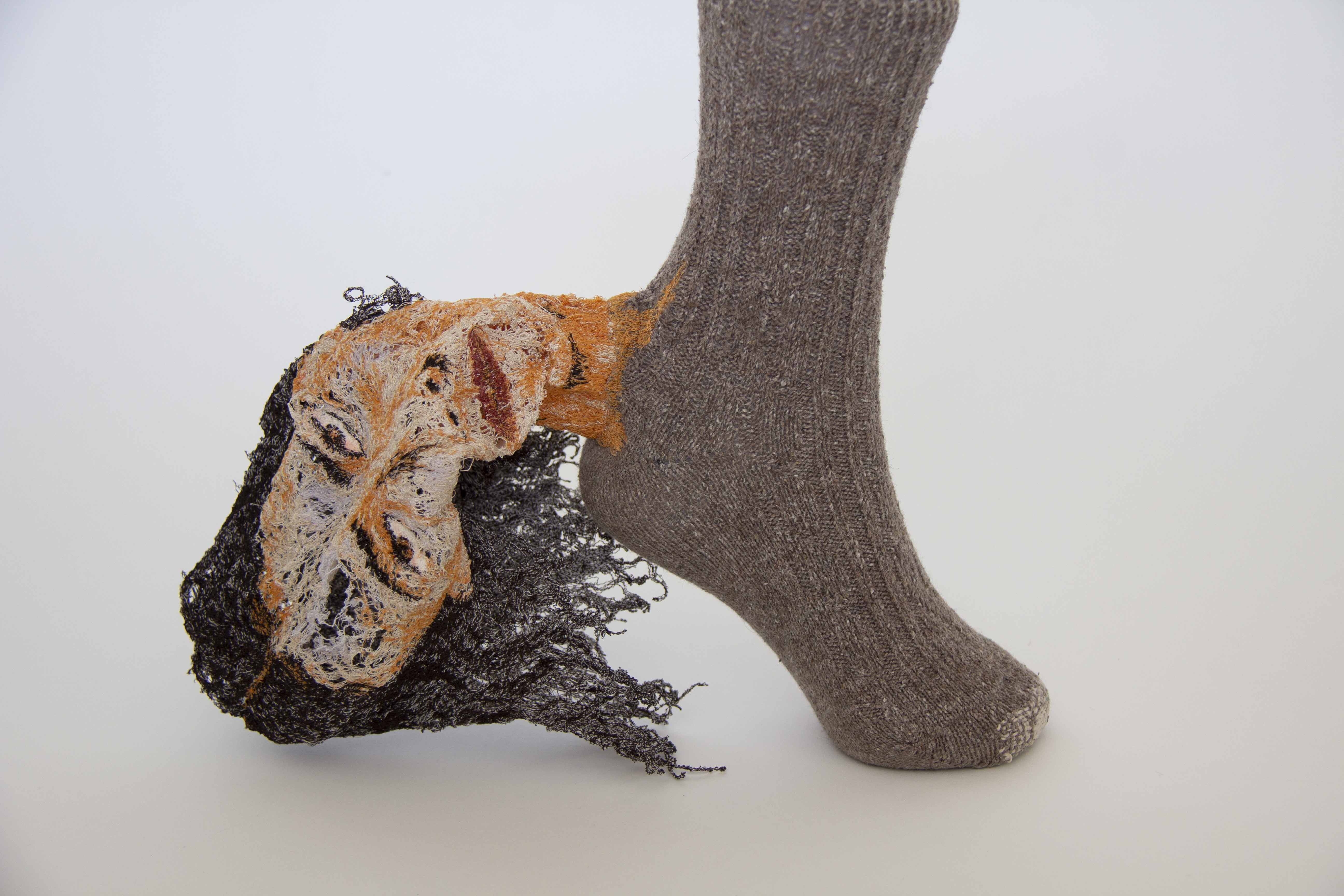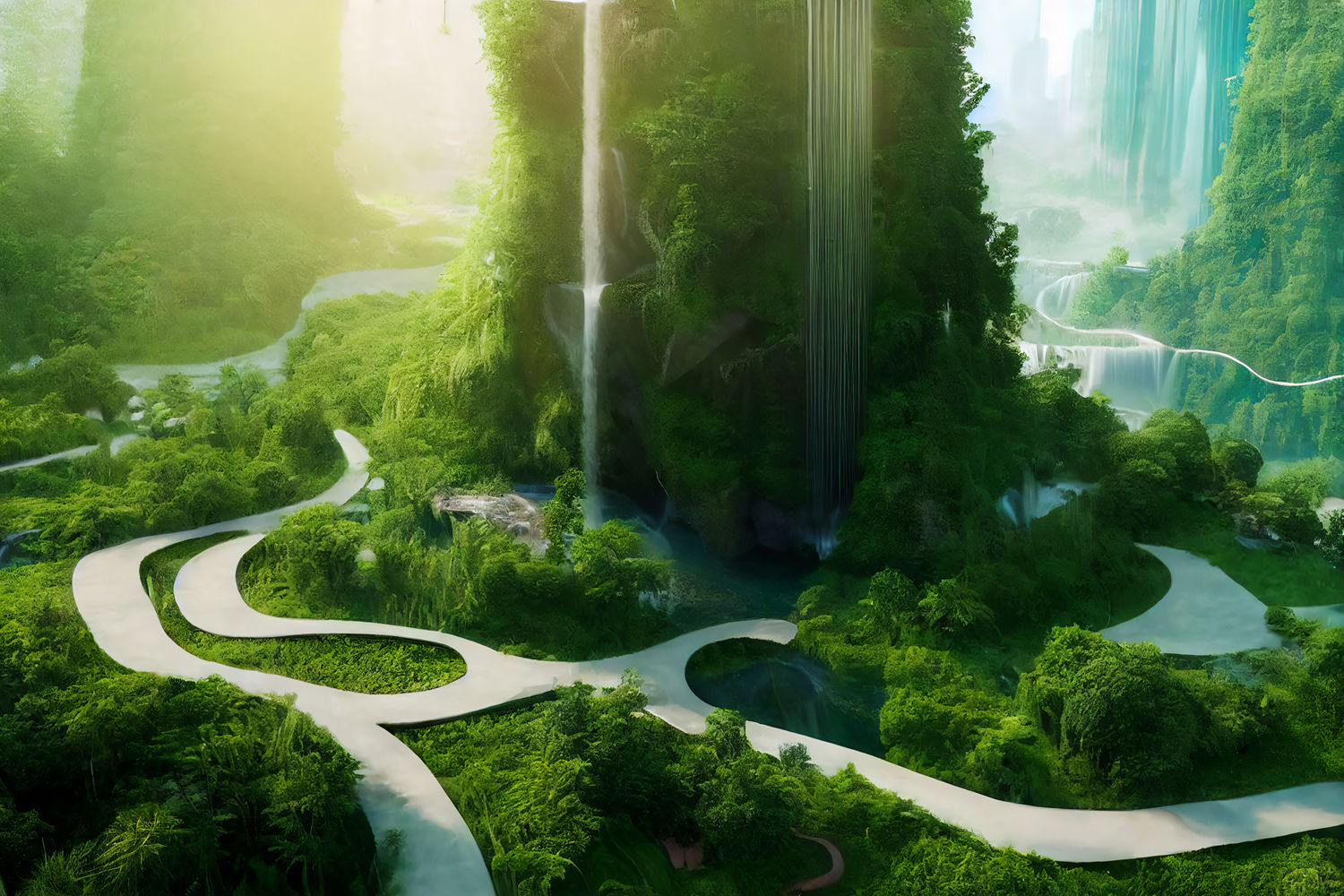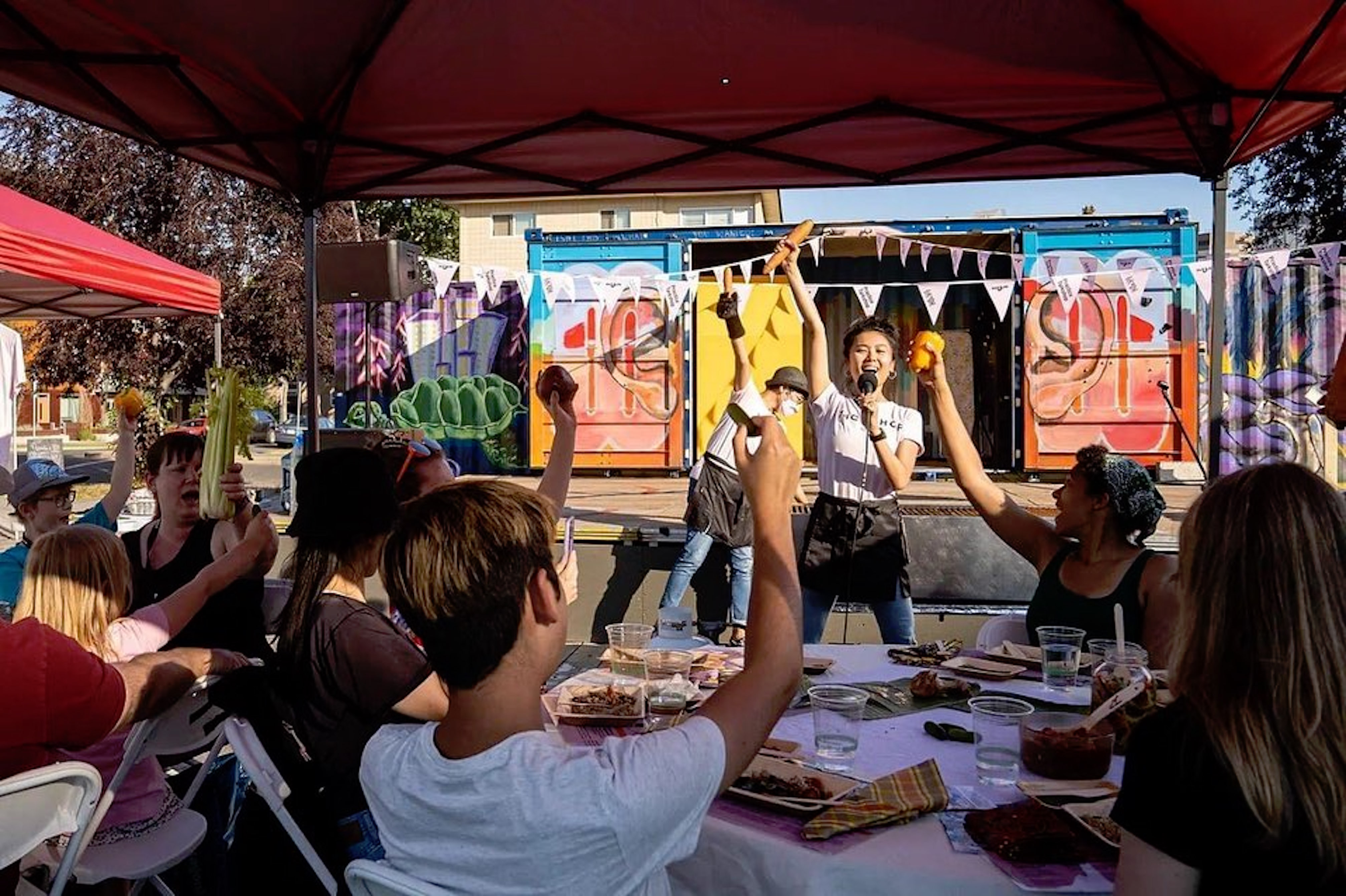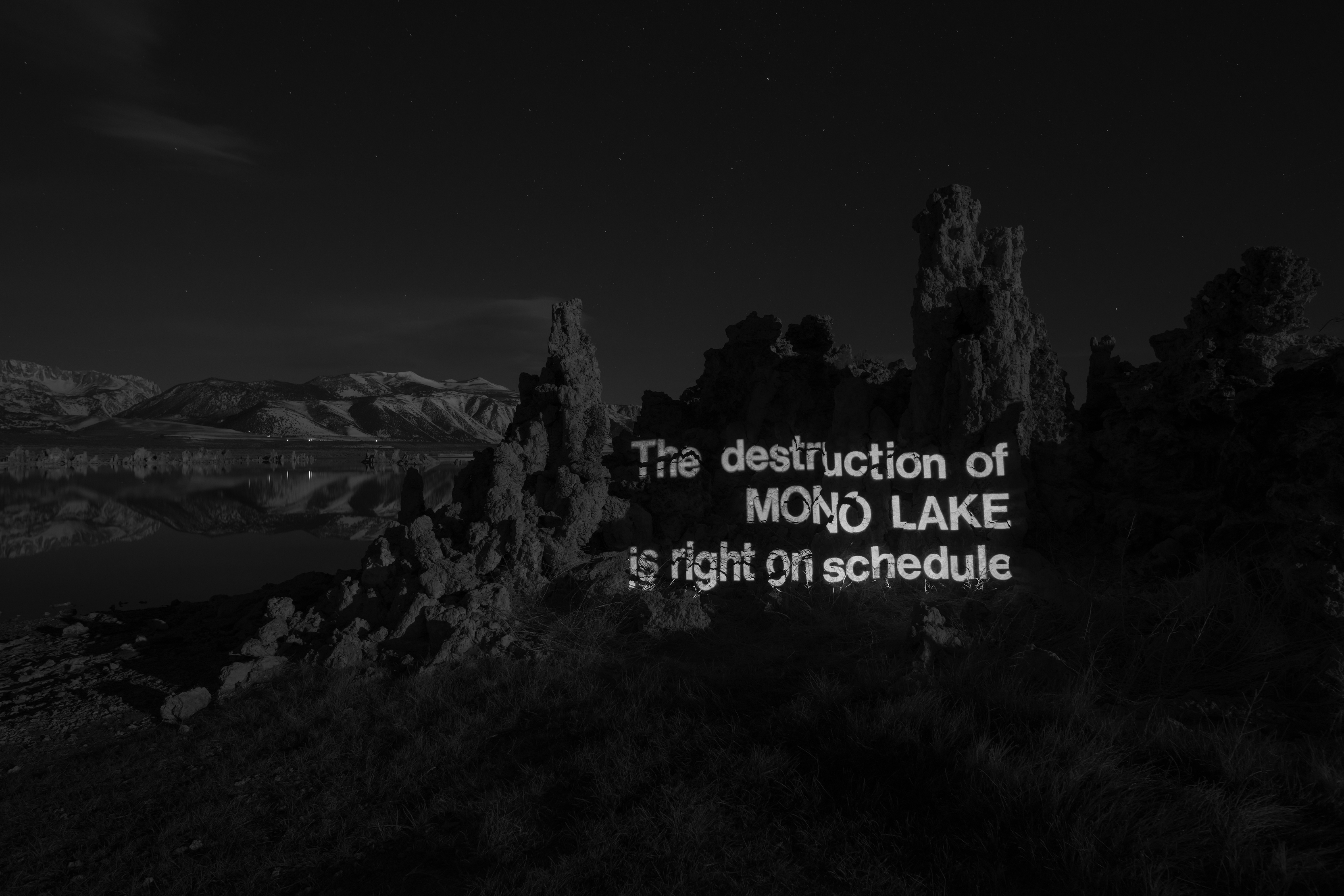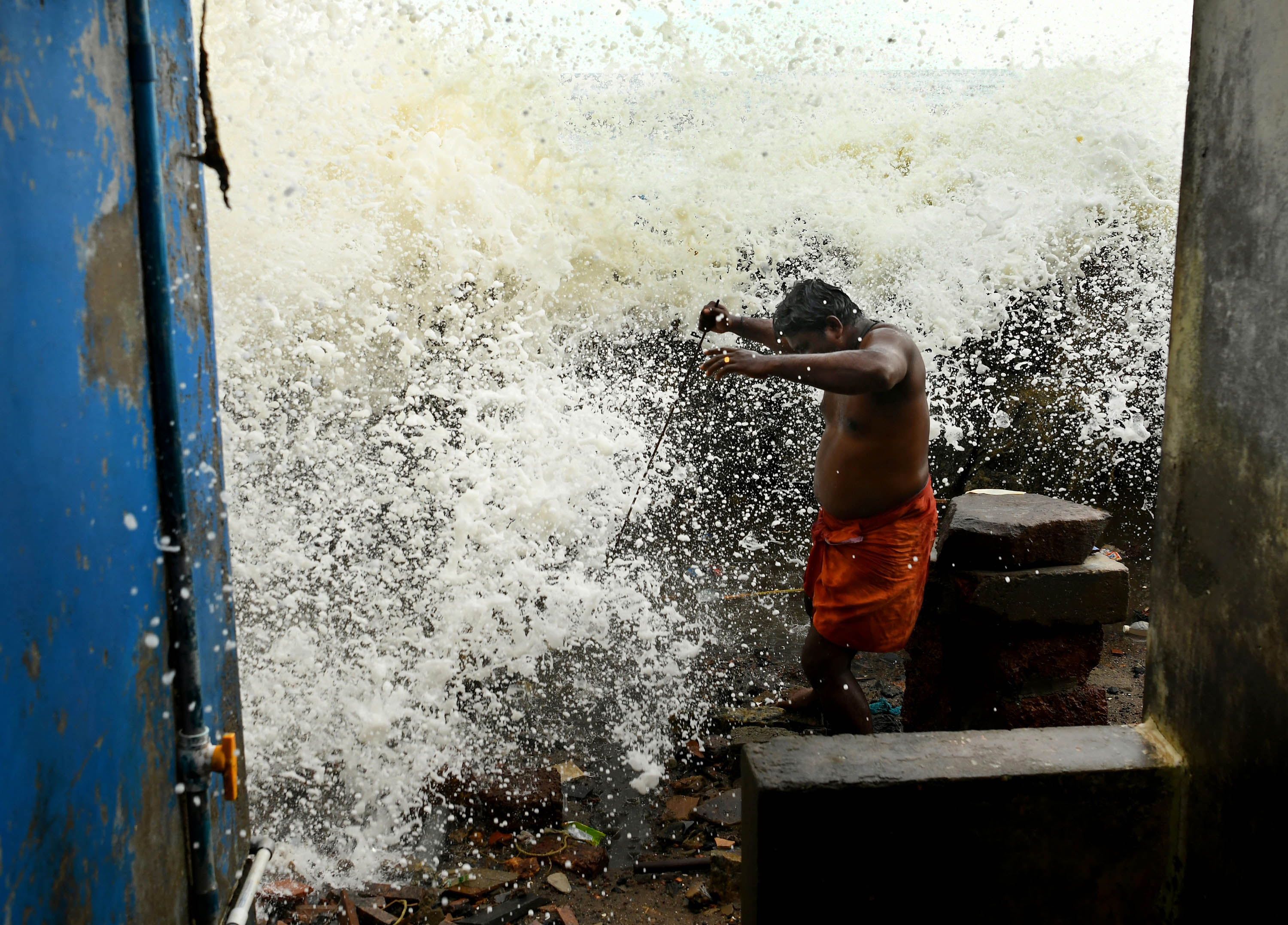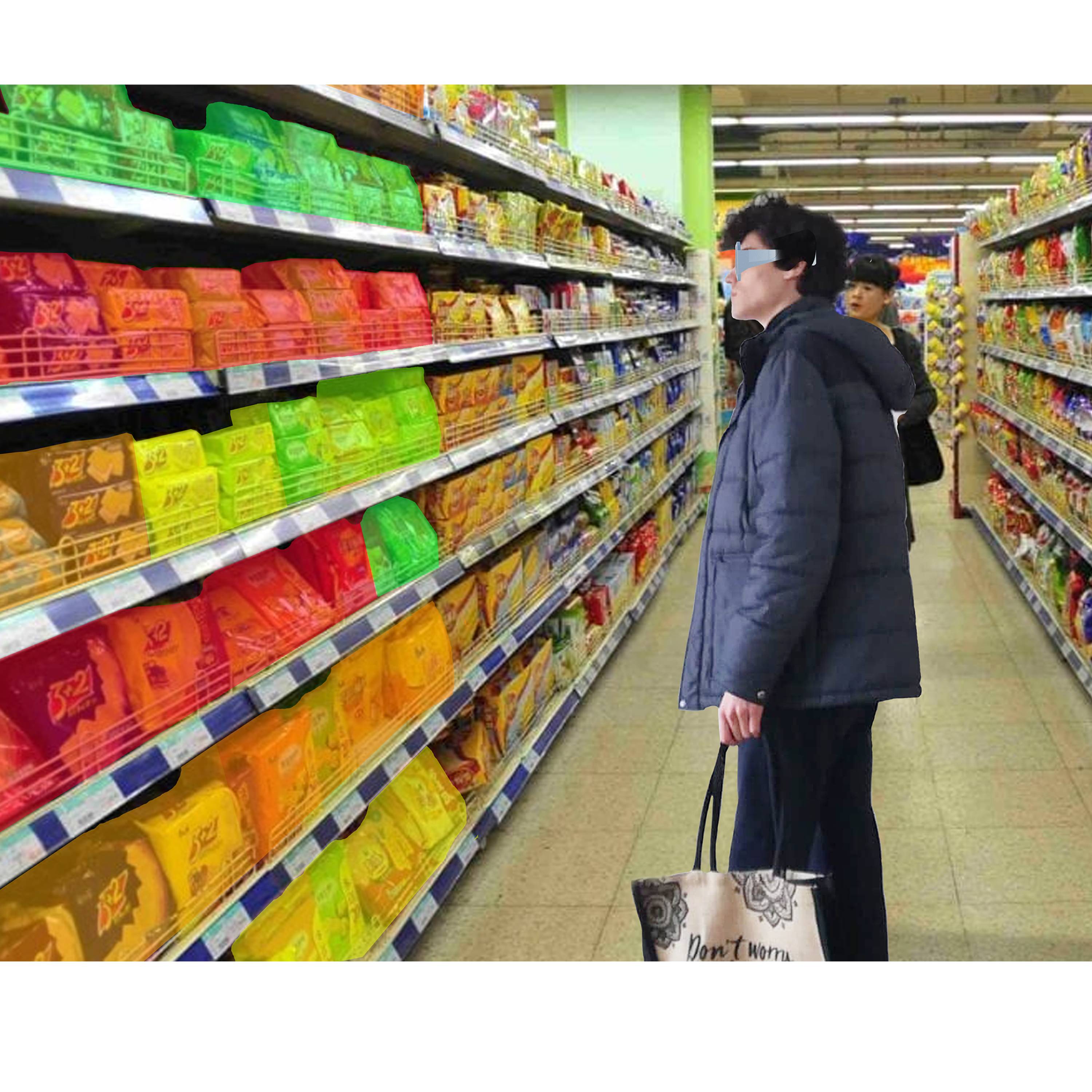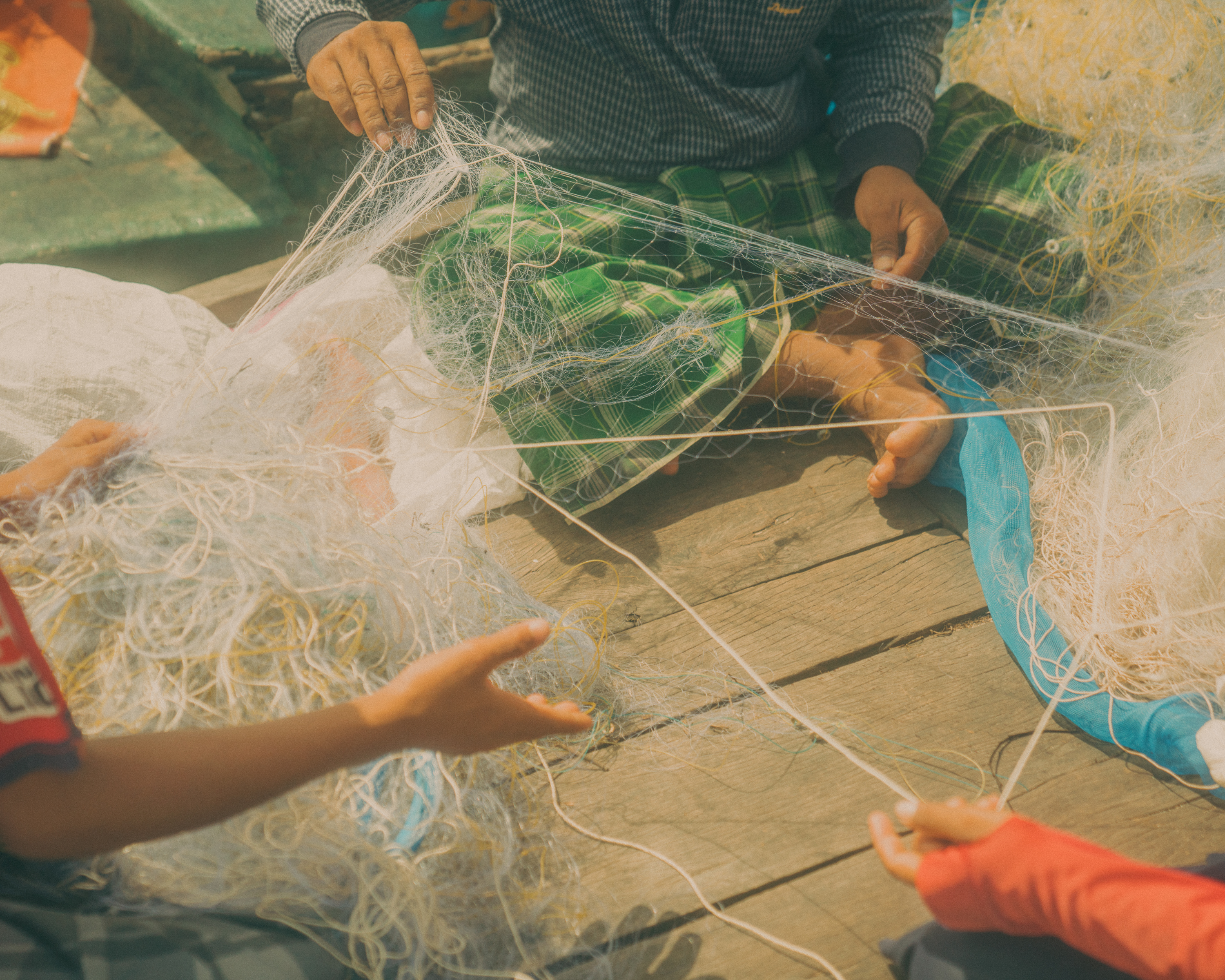On January 15, 2022, Peru experienced its worst ecological disaster in recent history. More than 11,900 barrels of oil from Repsol were spilled. The spillage left fishermen with marine fauna, merchants without bathers, and carriers without passengers. Lizeth Lozano Palomino’s multimedia piece ‘Orilla Negra’ brings awareness to the continued high level of toxicity that resulted from the oil spill.
CreateCop27 Winners
WINNER
Lizeth Lozano Palomino
'Orilla Negra'
Peru
SECOND PLACE
Aakash Malik
'Escaping Inferno'
India
Aakash Malik’s ‘Escaping Inferno’ depicts the blazes of a wildfire around the Yamuna Ghat, Delhi. The locals, of all ages, collectively try to save their homes. “These people aren’t only attempting to stop a fire heading toward their homes, they are also trying to prevent it from killing the hope for a healthier planet tomorrow.”
Avijit Ghosh
'They Lived Here'
India
In his work ‘They Lived Here’, Avijit Ghosh submerges images taken in Sundarbans in seawater to emulate the impact of flooding. Sundarbans is the world’s largest mangrove delta and has been experiencing a rising sea level of 0.3cm a year. ‘They Lived Here’ is a reminder of the erased identities and displacement of lives that result from the destructive floods.
THIRD PLACE
Bagels
'How Long Have We Been Doing This?'
Taiwan
Filmmaking duo Roni Niu and Patrick Carlo Bangit – otherwise known as Bagels – draw inspiration from the phrase “Too much of anything is never good” for their experimental narrative film ‘How Long Have We Been Doing This?’. In it, Bagels addresses current environmental issues by exploring uninhabitable environments on Earth through manga in motion.
Angela Blažanović
'Fragments of a River'
Germany
‘Fragments of a River’ forms an anthropological study of the river Thames. It aims to reveal new ways of seeing the river as much as it contemplates environmental issues of plastic pollution and ideas such as the Anthropocene. The photographs depict sculptural arrangements of discarded objects found along the river bank of the Thames, during low tide. Through the repeated act of sculpting, and also drawing on the aesthetics of Dutch still life painting, the artist forms fragmented pieces of litter into delicate compositions worth looking at.
Woo Jin Joo
'Waste Mythology'
Korea
The idea of waste is a modern concept which distinguishes objects and materials as something valuable and invaluable, and where the boundary of value is always subjective and shifts with society. Through the ongoing ‘Waste Mythology’ project, Woo Jin explores ways storytelling could challenge and shift our value system and the idea of waste. Mainly drawing her inspiration from East Asian mythology and folk culture, Woo Jin reframes our perception of everyday objects, suggesting unexpected stories and encounters with objects that are old and found, creating modern mythological narratives.
Miranda Varo
'UNDO ctrl-z'
Mexico
25-year old Miranda Varo aims to incentivise her audience to the degradation and loss of ecosystems that are being lost now. Placed in the Colorado River, the main body of water that nourishes the north of Mexico, Varo says “My city exists because of the river and now is gone.”El Colorado carries not only water but the memories and hopes of the ones that decided to build their homes and their refugees around it. “My parents had fun in the river, they swam there, they laughed there and now I can only imagine it,” Varos said. We can not change the past, there is no “ctrl-z” button, but we can strive for a better future.
Sultan Ahmed Niloy
'Water Refugee'
Bangladesh
Due to global warming and the melting of the Himalayan ice-caps, river erosion and flooding of Bangladesh has now become a yearly catastrophe affecting millions of people from the overflowing of the river Padma, Jamuna. As floodwaters spread they can threaten lives, inundate properties and businesses, destroy belongings, damage vital infrastructure and prevent access to essential public services. Niloy’s submission aims to highlight all of these factors in hopes of raising awareness to the larger picture at hand. “Every year new families are homeless, dreams are shattered and lives are ruined.”
HONOURABLE MENTIONS
Kaishui
'The Wave'
China
Alluding to the ‘role of humans in relation to nature, this short experimental film mixes 2D and 3D techniques to explore Kaishui’s own interpretation of the said role, as ‘The Wave’ has always been a rather abstract but long-standing concept in his mind since childhood.
Francesco Migliaccio
'Coral Rip'
Italy
This experimental short film by Francesco Migliaccio seeks to transmit a multisensory sense of anxiety to address the degradation of coral reefs. Through the film’s description, “It starts like a Dream, it ends like a Nightmare!” Migliaccio confronts their audience with the truth that more must be done to preserve the ecosystem we have left, so that one day they won’t only exist as artificial memorabilia.
Maya Golyshkina
'Daily Consumption'
Russia
Maya Golyshkina explores mundane materials, packaging and products by personifying them. In “Daily Consumption,” Golyshkina investigates the unusual consumption of various materials that people buy on a daily basis to create awareness of ocean plastic pollution.
Máté Ladjánszki
'Floating World 2040'
Hungary
This digital prototype shows a futuristic vision of sustainable housing for coastal communities in response to the threat of rising sea levels.
Chiron Duong
'The Sensitivity of the Mangroves'
Vietnam
Alluding to the fact that Mangroves are ‘carbon-rich biomes’, Duong advocates for the preservation of mangrove forests as a solution to sea-level rise – an issue to which his home country, Vietnam, is extremely vulnerable. The best solution to confront sea-level rise is conserving and developing mangrove ecosystems to form an ecological wave shield, keeping land, encroaching sea, and limiting Salinity intrusion. Through experimental photographs, Duong highlights the threats mangroves currently face along with the solutions a healthy mangrove ecosystem can provide.
Paulo Almeida
'Open Landfills Nordestino'
Brazil
Paulo Almeida’s documentary-style photography submission brings light to the illegal open landfills operating in northeast Brazil, where poverty and underdevelopment are rife and workers are oblivious to the harm they are causing both to themselves and the planet.
Ang Xiao Ting
'Recess Time'
Singapore
‘Recess Time’ is a ‘community-meets-theatre’ performance that aims to generate social and ecological change by spotlighting the intersection of food sustainability and food waste management. ‘Recess Time’ is a ‘rescued/ugly produce’ lunch party/performance where home cooks, artists or professional chefs are invited to curate a three-course meal for an intimate setting. They also have to participate in a food rescue mission at wholesale centres and utilise culinary strategies to combat food waste.
Photo credits: Tim.Nguyen & @practicetuckshop
Diana Takacsova
'Sweet are the Waters'
Slovakia
This project focuses on the Ogiek, one of East Africa’s last hunter-gatherer populations, and their fight against the Kenyan government to protect their livelihood and connection to the forest. Through documentary photography and working in collaboration with Ogiek artists, Takacsova challenges dominant perceptions of land and nature as external to the human domain, ultimately pushing for global recognition of indigenous peoples’ rights and livelihoods.
Joao Velozo
'Saving the Pantanal Caimans'
Brazil
The Pantanal region in Mato Grosso, Brazil, has been transformed into a semi-desert with one of the highest numbers of forest fires in the country as a direct result of aggressive cattle farming and agriculture accompanied by a long drought period. Through this project, Velozo documents a group of volunteers from the Animal Rescue in Disasters Group (GRAD) who have been working in Pantanal since 2019 to rescue and provide medical aid to burned animals, as well as to catalogue the local species affected by the wildfires.
Algae Futures / Aradhita Parasrampuria
'Algae BioEmbellishments'
India
Aradhita Parasrampuria has created a collection of wearable pieces utilising biodegradable algae-based embellishments that transform with their environment, in order to challenge the separation between artificial materials and the biological world. Parasrampuria’s aim is to create circular design systems that utilise renewable resources. Algae beads offer a viable solution as they are biodegradable and non-toxic. With materials like these, a future where the textile and fashion industry operates in a closed-loop product life cycle could potentially become a reality.
Beihua Guo
'Water is Thicker Than Blood'
China
In Beihua Guo’s photography and projection series, “Water Is Thicker Than Blood,” he uses an outdoor projector to cast newspaper headlines, texts, historical photos, and maps onto the surfaces of ruins, monuments, landscapes, and engineering features along the 338-mile Los Angeles Aqueduct in the Eastern Sierra Nevada. Both a dialogue between the past and the present, and an artistic intervention in public spaces, his project illuminates the ignored and forgotten history of the Los Angeles Aqueduct, a more than 100-year-old and still unfolding story filled with greed, violence, oppression, and disastrous environmental consequences.
Taiwo Aina
'After the Fall - Flooding in Lokoja'
Nigeria
Taiwo Aina’s documentary photography project, “After the fall,” explores how climate change is affecting human lives and welfare, focusing on the aftermath of the floods in Kotonkafe, Lokoja.
Pavitt Kaur
'Aftermath'
India
Created in response to the devastating flooding that occurred in her home country of Pakistan earlier this year, Pavitt Kaur’s patchwork jacket named “Aftermath” was handmade using only leftover fabric scraps from her mother’s studio. Natural fabrics like silk, cotton and linen were used and a topographical map was sewn on the back, representing the flooded houses and lands of Pakistan. “Kantha,” a traditional Indian embroidery, was used to finish the jacket with contours on the wavy patches, representing muddy water.
Mithun Anila Mithran
'The Payback'
India
‘The Payback’ is a series of photographs taken during different natural calamities that occurred between 2019 and 2021 in the southern part of India, which highlights the long-term consequences of climate change on people and planet.
Hugo Scoccia
'(ART)IFICIAL'
Spain
Nature is being forced under constant change due to artificial elements that tamper with our oceans and mountains. Scoccia explores the relationship between the different factors that not only contribute to climate change but also affect our day-to-day lives. Moreover, the digitally-rendered images open to debate the growing influence of artificial intelligence (AI) that has infiltrated the art world, drawing similarities to the contamination of the Earth by artificial, man-made objects.
Amy D’Agorne
'Peeling the Paris Green'
United Kingdom
‘Peeling the Paris Green’ sheds light on the complex secrets hidden beneath the food on our plates by focusing on the growing issues surrounding global food security in the face of the ever-increasing climate crisis. This contentious debate is expressed through an in-depth, rhizomatic, research-based photographic investigation of the humble potato. The project traces the politics surrounding this complex issue, from genetic engineering laboratories in the UK, the indigenous-led communities of Parque de la Papa (The Potato Park) in the Peruvian Andes, seen widely as the guardians of potato diversity and advocates against biopiracy, to the cryopreservation of potatoes at The International Potato Centre in Lima, a step deemed necessary as plant varieties rapidly become extinct.
Matias Bonanata
'Transparency Goggles '
Argentina
Misleading product labels can have extremely detrimental ecological and ethical consequences, and can often promote a false picture of sustainability to consumers. Bonanata aims to tackle this rise of greenwashing with TRANSPARENCY GOGGLES that uncover the real environmental damages behind ecolabels and empower consumers to make better-informed purchases, propelling us into an age of sustainability.
Calvin Chow
'Once Beating Heart'
Singapore
‘Once Beating Heart’ addresses the degradation of the Tonlé Sap Lake in Cambodia, the largest freshwater lake in Southeast Asia. As Chow described it, the lake was a “beating heart, nourishing both people and wildlife in an interconnected web of nature, water, and man.” Ever since a series of hydropower dams were constructed up north along the Mekong in Laos and China, the inflow of water into the Tonlé Sap has dwindled and fish supplies have been decimated. Coupled with the effects of climate change, such as the devastating drought of 2019, the vanishing flow of water has left families with little income, threatening their lives and affecting their access to basic necessities such as clean drinking water and toilets.
Lee Davenport
'Plastic Flowers Never Die'
United States of America
The painting combines several of Davenport’s disgusting personal memories of the planet in its current state. Calling it an ‘exaggeration of reality,’ the painting is an expression of his perspective towards the climate crisis and the overpowering hopelessness he feels regarding the health of the planet.


